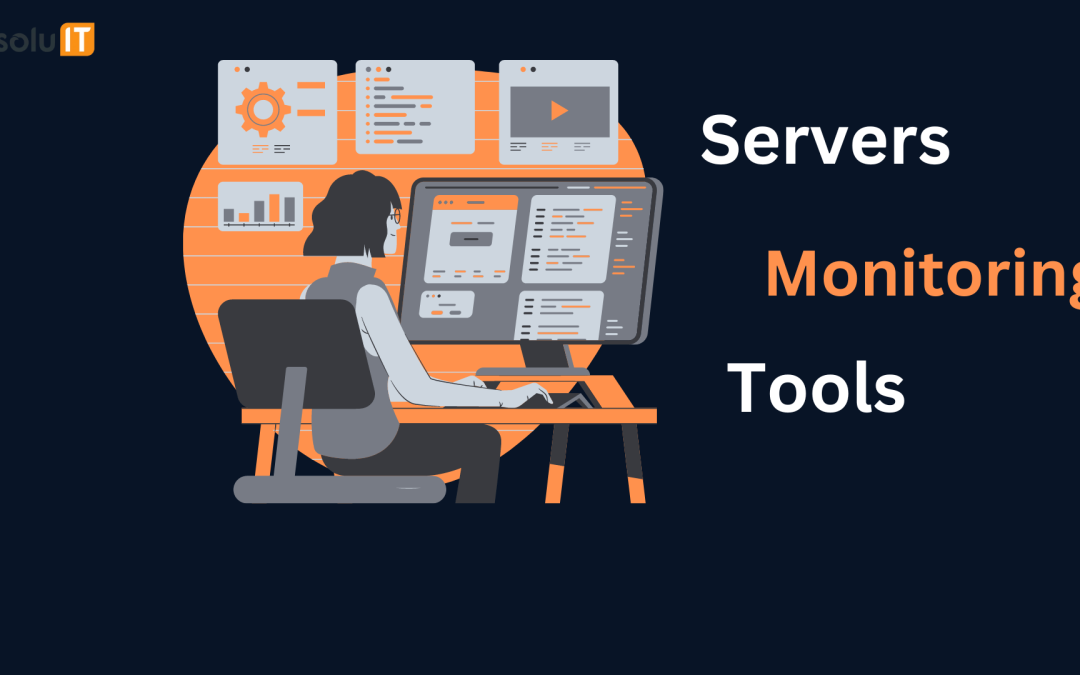In today’s digital landscape, server monitoring is non-negotiable. So Open Source Server Monitoring Tools are very helpful and cost effective Whether you’re managing a small website, a bustling e-commerce platform, or a complex network of applications, the health and performance of your servers are directly tied to your bottom line. Open-source server monitoring tools provide a powerful, cost-effective way to gain visibility into your infrastructure.
Why Open Source?
- Cost-Effective: Eliminate licensing fees and invest in other areas of your IT infrastructure.
- Customization: Adapt tools to your specific environment and needs.
- Community-Driven: Benefit from the expertise of a vast network of developers and users.
- Transparency: Inspect the source code for security and functionality.
Top Open Source Server Monitoring Tools (2024)
-
Nagios Core:
- The Pioneer: A venerable tool with a vast community and extensive documentation.
- Flexibility: Monitor a wide range of metrics and services.
- Customization: Extend functionality with numerous plugins and add-ons.
- Ideal For: Enterprises and organizations needing robust monitoring with high customization.
-
Zabbix:
- Enterprise-Class: Offers a comprehensive monitoring solution for large environments.
- Scalability: Handles massive infrastructures with ease.
- Visualization: Powerful graphing and dashboarding capabilities.
- Ideal For: Complex IT environments with diverse systems and applications.
-
Prometheus:
- Modern Metrics: Focuses on time-series metrics collection and querying.
- Cloud-Native: Built for dynamic and containerized environments.
- Alerting: Includes a robust alerting system.
- Ideal For: DevOps teams and those working with cloud infrastructure.
-
Grafana:
- The Visualizer: Pairs perfectly with Prometheus or other data sources to create beautiful dashboards and visualizations.
- Customization: Build custom dashboards tailored to your needs.
- Alerting: Integrates with alerting systems.
- Ideal For: Teams prioritizing data visualization and insightful reporting.
-
Icinga:
- The Nagios Fork: Offers a modern take on Nagios with an improved interface and features.
- Compatibility: Works with existing Nagios plugins.
- Scalability: Handles large-scale monitoring needs.
- Ideal For: Those familiar with Nagios but wanting a more modern experience.
-
Checkmk:
- The Automation Expert: Streamlines configuration and simplifies monitoring.
- Agent-Based & Agentless: Offers both monitoring approaches for flexibility.
- Intuitive Interface: User-friendly dashboards and visualizations.
- Ideal For: Teams seeking automated monitoring solutions and simplified workflows.
-
LibreNMS:
- Network-Focused: Specializes in monitoring network devices and interfaces.
- Autodiscovery: Automatically identifies devices on your network.
- Alerting: Supports various alerting mechanisms.
- Ideal For: Network administrators and those needing in-depth network monitoring.
Key Considerations When Choosing an Open Source Server Monitoring Tools
- Ease of Use: How user-friendly is the interface and configuration?
- Scalability: Can it handle your current and future growth?
- Monitoring Scope: Does it cover the metrics and services you need to monitor?
- Alerting & Reporting: What types of notifications and reports are available?
- Integration: Does it work with other tools in your IT stack?
- Community & Support: Is there an active community for help and resources?
Implementing Open Source Server Monitoring Tools Solution
- Define Your Goals: What do you want to monitor and why?
- Choose Your Tool(s): Research and select the best fit for your needs.
- Plan Your Deployment: Design your monitoring infrastructure.
- Install & Configure: Set up the tool(s) and configure them for your environment.
- Establish Baselines: Determine normal operating conditions for your systems.
- Set Alerts & Notifications: Define thresholds and configure alerts.
- Monitor & Optimize: Continuously review data, fine-tune alerts, and optimize your systems.
Conclusion on Open Source Server Monitoring Tools
Open source server monitoring tools are not just a luxury but a necessity in the modern digital age. They offer businesses and organizations of all sizes the power to proactively manage their IT infrastructure, ensure optimal performance, prevent costly downtime, and ultimately, deliver a seamless experience to their users.
The tools mentioned in this guide represent some of the best options available in 2024. However, the best tool for you will depend on your specific needs, resources, and technical expertise. Take the time to research, experiment, and find the solution that empowers you to keep your servers running smoothly and your business thriving.
Remember, server monitoring is an ongoing process. By investing in the right tools and strategies, you’ll be well-equipped to navigate the ever-evolving landscape of technology and keep your digital presence at its peak.
